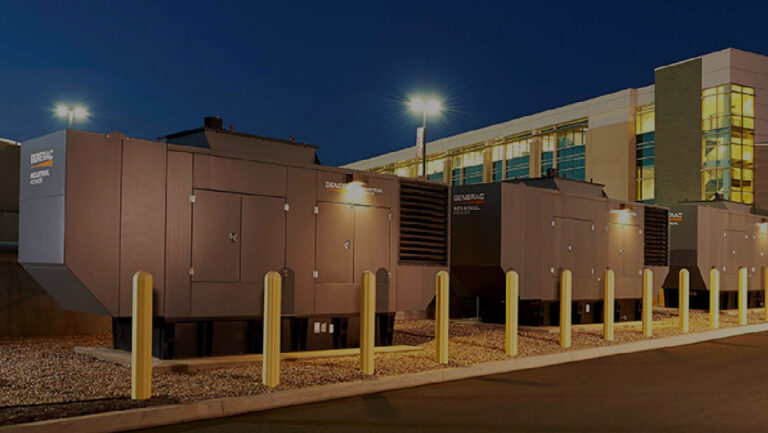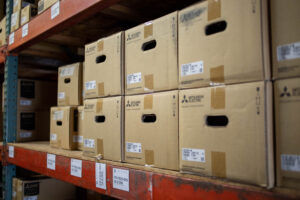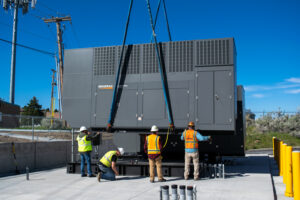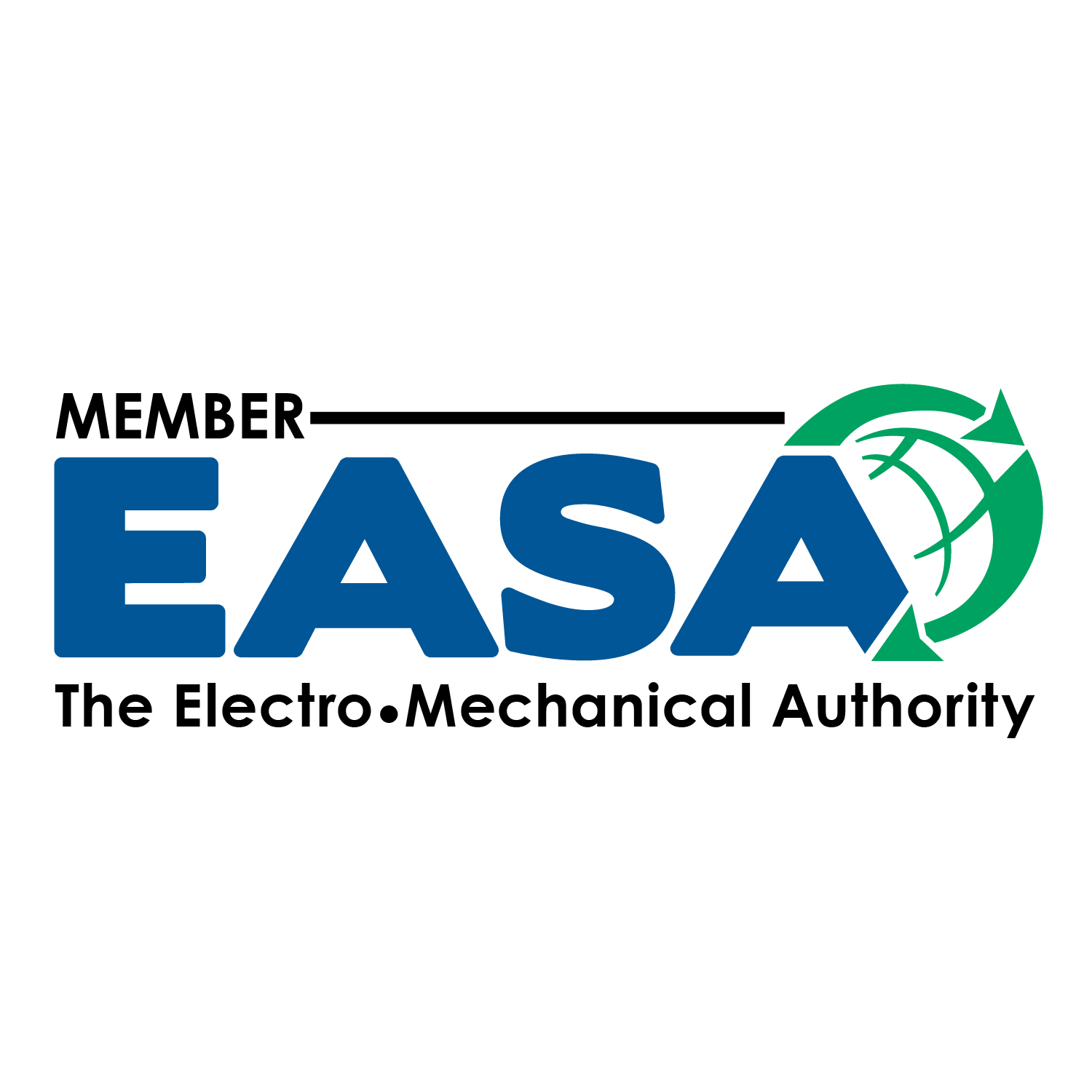
A brief Overview of NEC Article 701 as it Pertains to Generators
Legally required standby generators are “… classified as legally required by any governmental authority having jurisdiction (AHJ). These systems are intended to automatically supply power to selected loads (other than those classified as emergency loads) in the event of failure of the normal power source” (NEC Article 701.2). Your AHJ can specify what is legally required in your area. The rules that dictate this classification are normally found in your local building code. These generators must have no longer than a 60 second start up time.
Testing and Maintenance
Conduct/witness testing is required upon completion by the AHJ. Periodic testing and battery systems maintenance is also required. Means for testing under load must be provided. A written record (electronic records are permitted) of all required tests and maintenance must be kept, although the NEC does not specify how long these records should be kept. NEC article 110 provides some testing requirements for all standby power supply systems. If all else fails, following manufacturer recommended maintenance schedules and industry standards is usually sufficient.
Capacity and Rating
These generators must have adequate capacity to carry all loads expected to operate simultaneously. They can supply regular and legally required loads, but need to shed all non-emergent loads if the generator is not rated to carry all loads at the same time.
Transfer Equipment
All transfer equipment must be automatic, electrically operated, mechanically held, and listed by the manufacturer for emergency use. Legally required and optional standby systems may be on the same transfer switch. Only emergency standby systems need their own switch.
You can legally provide means to bypass and isolate your transfer equipment, and if your budget permits it, you should. This ensures that all critical loads will remain powered without interruption.
Signs
Signage must be placed at the service entrance that indicates the type and location of all on-site emergency power sources.
Wiring
Wiring for legally required backup power can occupy the same areas as general wiring.
Signals
At the bare minimum, you are required to install an audio/visual feedback system to show when the source is carrying the load, indicate derangement, and to indicate when the battery charger is not working (NEC Article 701.6). Most manufacturers sell a packaged system that will exceed the requirements of the NEC and increase reliability and functionality of your generator. Ground fault protection indication is also required.
Fuel
For diesel generators, you must keep 2 hours’ worth of fuel on site at all times. For prime mover-driven applications you must have a dual supply of fuel and water (if used in the cooling system). Public utility natural gas and municipal water supply are not adequate on their own for legally required generator systems. There is an exception to this rule if your AHJ decides that there is a low probability of a simultaneous failure of both the off-site fuel delivery system and power from the utility, but these exceptions are few and far between.
For prime mover applications, you must have automatic starting capabilities and a time delay for re-transfer of at least 15 minutes to avoid a quick re-transfer in the case of a short time reestablishment of the normal source of utility power.
Overcurrent Protection
Overcurrent protection devices should not be accessibly by unauthorized personnel (NEC Article 701.27). You should have a selective coordination study done by a qualified person during the design process of your standby system to ensure your overcurrent protection meets the standards set forth by the NEC. Your devices should be selectively coordinated with all supply side overcurrent protective devices.
A Few More Key Points
When installing a legally required standby system, make sure your electrician is aware of the differences in NEC requirements between legally required and optional standby generator systems. The genset equipment could be the same, but the requirements for installation will differ.
Outdoor gensets do not need an additional disconnect if the main disconnect is easily accessible and within 50 feet of the building.
This article is not a comprehensive list of regulations for Legally Required Standby Systems. For the full list of rules and regulations, see NEC 2020 Article 701.
Got More Generator Questions? We Can Help!
Call 800-595-5315 Or Connect With Our Expert Technicians Here:
Other Articles
- Critical Spare Planning
- Where Do I Start On My Generator Installation?
- How can Las Vegas heat lead to generator failures?

Lead Generator Technician
Graduated from Idaho State University with a degree in Heavy Duty Diesel and Onsite Power Generation. Damien is a master tinkerer and has been working on anything with a motor since he was about six years old. Besides being a generator fanatic, Damien is also an avid snowmobiler and aspiring world traveler.






Ӏ was able to find good info from your articles.